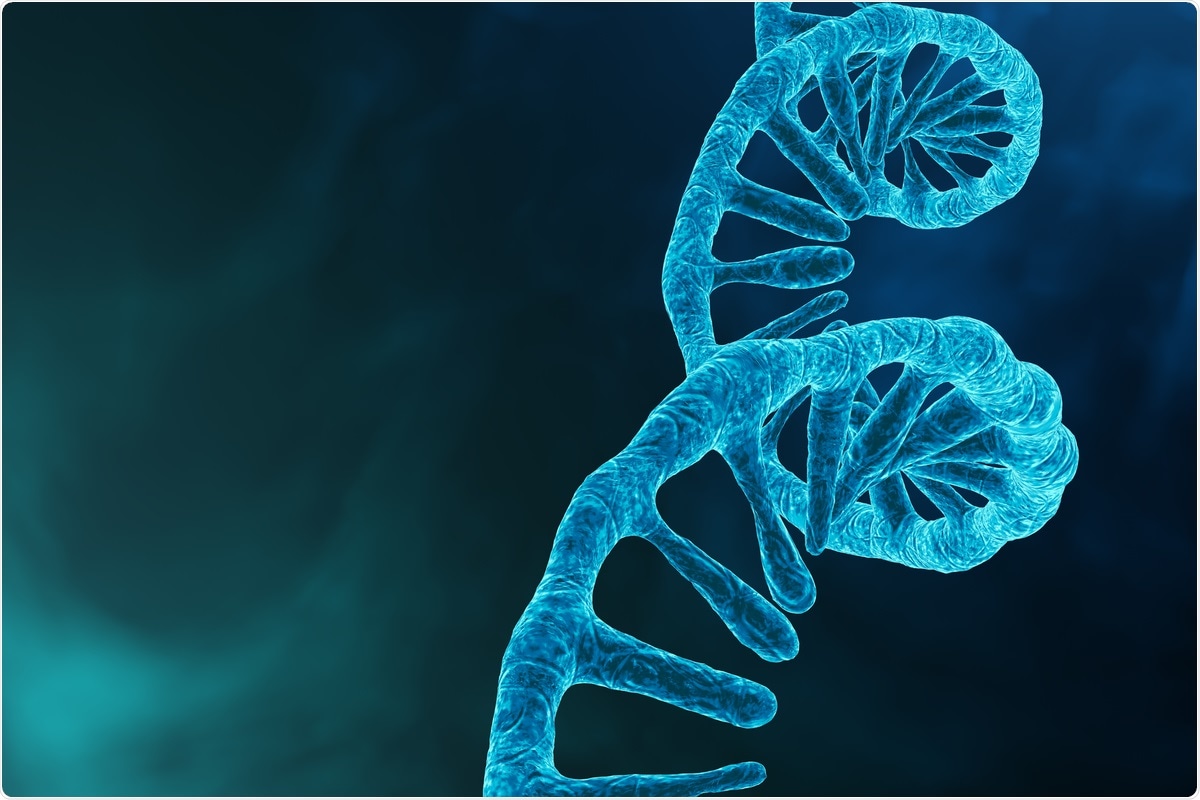buy cheap xenical online no prescription

Researchers from Israel have described a new molecular assay to rapidly detect pathogens with high sensitivity in clinical samples. The method combines a highly sensitive magnetic modulation biosensing (MMB) system, rapid thermal cycling, and a modified double-quenched hydrolysis probe to detect the presence of RNA.
 Study: A magnetic modulation biosensing-based molecular assay for rapid and highly sensitive clinical diagnosis of COVID-19. Image Credit: CROCOTHERY/ Shutterstock
Study: A magnetic modulation biosensing-based molecular assay for rapid and highly sensitive clinical diagnosis of COVID-19. Image Credit: CROCOTHERY/ Shutterstock
Published in The Journal of Molecular Diagnostics, the study reported rapid detection of severe acute respiratory syndrome coronavirus 2 (SARS-CoV-2) with high sensitivity and specificity in clinical samples.
Background
Rapid and sensitive detection of human pathogens is an urgent need, especially during epidemics and pandemics. The ongoing coronavirus disease 2019 (COVID-2019) pandemic caused by SARS-CoV-2 has prompted the swift development of diverse rapid screening methods for pathogen detection.
However, the gold standard test for SARS-CoV-2 is currently based on the reverse transcription-quantitative polymerase chain reaction (RT-qPCR) detection of the virus-specific RNA in the sample, with a turnaround time of 90-120 mins. This assay relies on target amplification by Taq polymerase and uses a fluorescent resonance energy transfer (FRET)-based hydrolysis probe.
While as little as a single copy of a target RNA can be detected theoretically by RT-qPCR, overall, taking doxycycline while pregnant the RT phase, the real-time monitoring, and the high number of amplification cycles are time-consuming for rapid screening. Other challenges in the exciting rapid screening methods include the high rate of false-negative results and long reaction times.
This study describes a new Magnetic Modulation Biosensing (MMB) assay 3-4 times faster than the standard RT-qPCR and overcomes the limitations of the existing small footprint rapid screening.
The study
The researchers performed MMB assay for the E-gene (envelope) and the N1-gene (nucleocapsid) targets in this study. They collected the nasopharyngeal swabs from hospitalized COVID-19-positive patients. They collected samples for the SARS-CoV-2 negative set before the onset of the COVID-19 pandemic in Israel.
The researchers investigated the MMB assay from RT-PCR reactions with or without the synthetic SARS-CoV-2 RNA E-gene in an amplification cycles-dependent test. While they detected as few as ten copies of in vitro transcribed RNA E-gene targets with 30 amplifications cycles, the optimal cycles for improved SNR are found to be performed at 40 amplification cycles.
Transcribing the E-gene target in vitro in PCR-grade water, the researchers also performed a copies/reaction-dependent assay to determine the analytical sensitivity of the assay. They calculated the limit of detection to be 1.6 copies/reaction.
Importantly, the researchers determined the clinical sensitivity and specificity of the MMB-based E-gene assay following 40 amplification cycles. For the 309 clinical samples, including 170 SARS-CoV-2-negative samples (30 of which are positive to other respiratory viruses), and the 139 RT-qPCR SARS-CoV-2-positive samples, the researchers showed the MMB assay had 100% specificity and 97.8% clinical sensitivity for samples with ���� ≤ 42.
Further, the researchers tested the clinical sensitivity and specificity of the MMB-based N1-gene assay following 40 amplification cycles. They used 70 samples, including 40 SARS-CoV-2-negative samples (30 of which are positive for other respiratory viruses) and 30 RT-qPCR SARS-CoV-2-positive samples.
Using the same ROC cut-off calculated for the MMB-based E-gene assay, the researchers identified all negative samples as negative, indicating 100% specificity by the N1-gene MMB-based assay.
Correlating the Ct value and the MMB signals, the researchers concluded that the assay could provide, in addition to accurate qualitative results, semi-quantitative results such as negative, borderline positive, and positive. Significantly, they also reported that there was no cross-reactivity in this assay, indicative of high specificity. Also, the study looks at the associated costs of the MMB assay – it is expected to be cheaper than the cost of a standard RT-qPCR system.
Conclusions
The researchers here presented a rapid molecular assay to detect SARS-CoV-2-specific RNA sequences based on the MMB assay. They demonstrated the clinical sensitivity and specificity to be 97.8 and 100%, respectively.
Compared to the average RT-qPCR test (90–120 minutes), the MMB-based molecular assays with 40 amplification cycles took only 30 minutes (including handling time). The MMB-based detection is approximately 150 times more sensitive than the direct optical detection of fluorescent molecules (RT-qPCR).
The researchers reported that this MMB platform was previously described to detect the Ibaraki virus and chicken sex in ovo. This is the first report to describe MMB assay for molecular detection of human pathogens.
The primers and the probe set in this assay can be adjusted to detect other pathogens easily. Coupling with a high throughput detection device to rapidly screen large samples in a community, this assay can alter the response to any pandemic situation.
- Margulis, M. et al. (2021) "A magnetic modulation biosensing-based molecular assay for rapid and highly sensitive clinical diagnosis of COVID-19", The Journal of Molecular Diagnostics. doi: 10.1016/j.jmoldx.2021.08.012.
Posted in: Medical Science News | Medical Research News | Disease/Infection News
Tags: Assay, Coronavirus, Coronavirus Disease COVID-19, CT, Cycling, Diagnostics, FRET, Gene, High Throughput, in vitro, Molecular Diagnostics, Nasopharyngeal, Pandemic, Pathogen, Polymerase, Polymerase Chain Reaction, Respiratory, RNA, SARS, SARS-CoV-2, Severe Acute Respiratory, Severe Acute Respiratory Syndrome, Syndrome, Transcription, Virus

Written by
Dr. Ramya Dwivedi
Ramya has a Ph.D. in Biotechnology from the National Chemical Laboratories (CSIR-NCL), in Pune. Her work consisted of functionalizing nanoparticles with different molecules of biological interest, studying the reaction system and establishing useful applications.
Source: Read Full Article